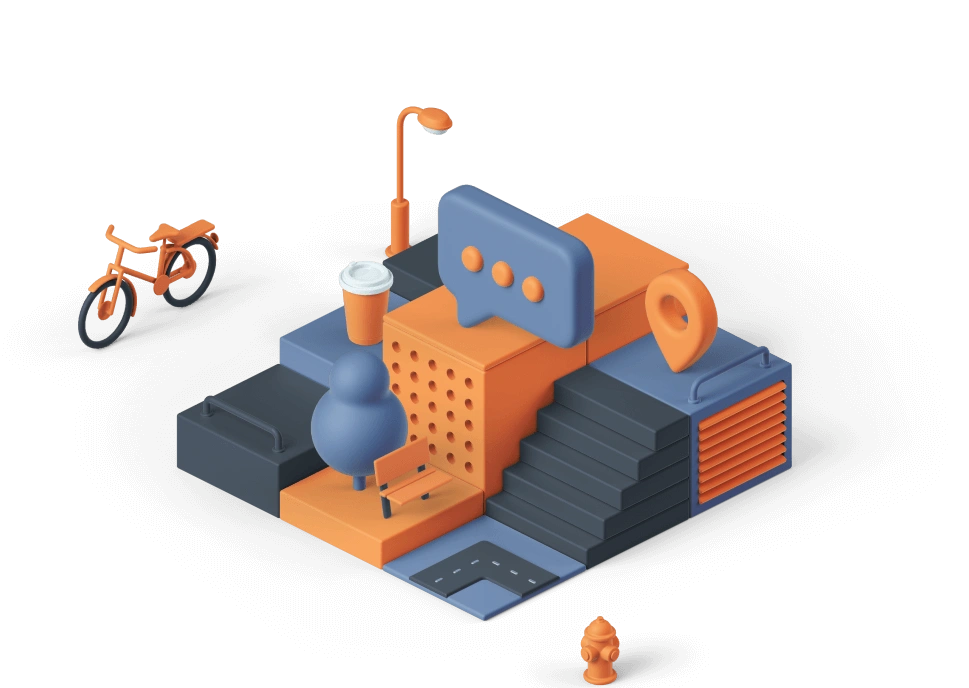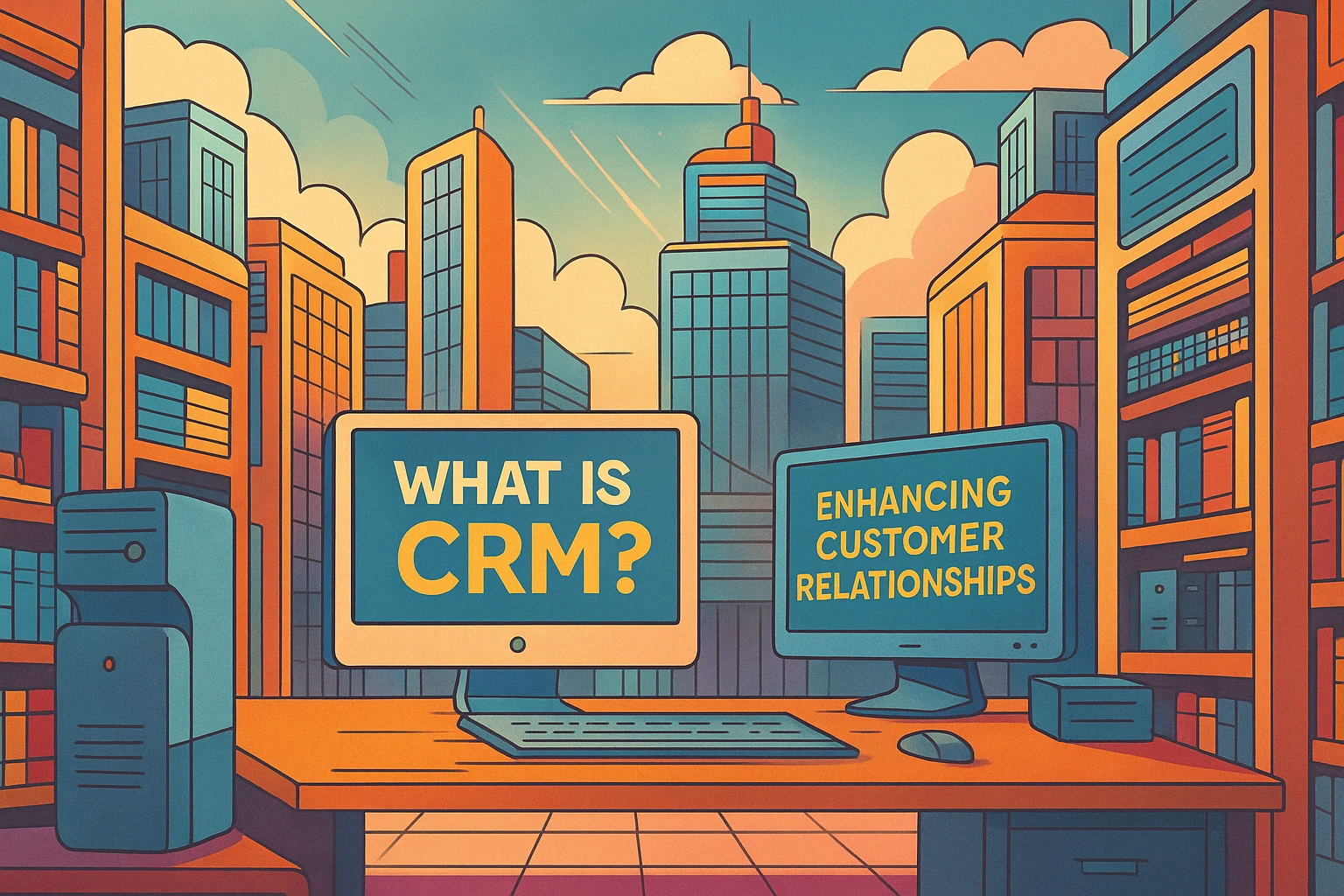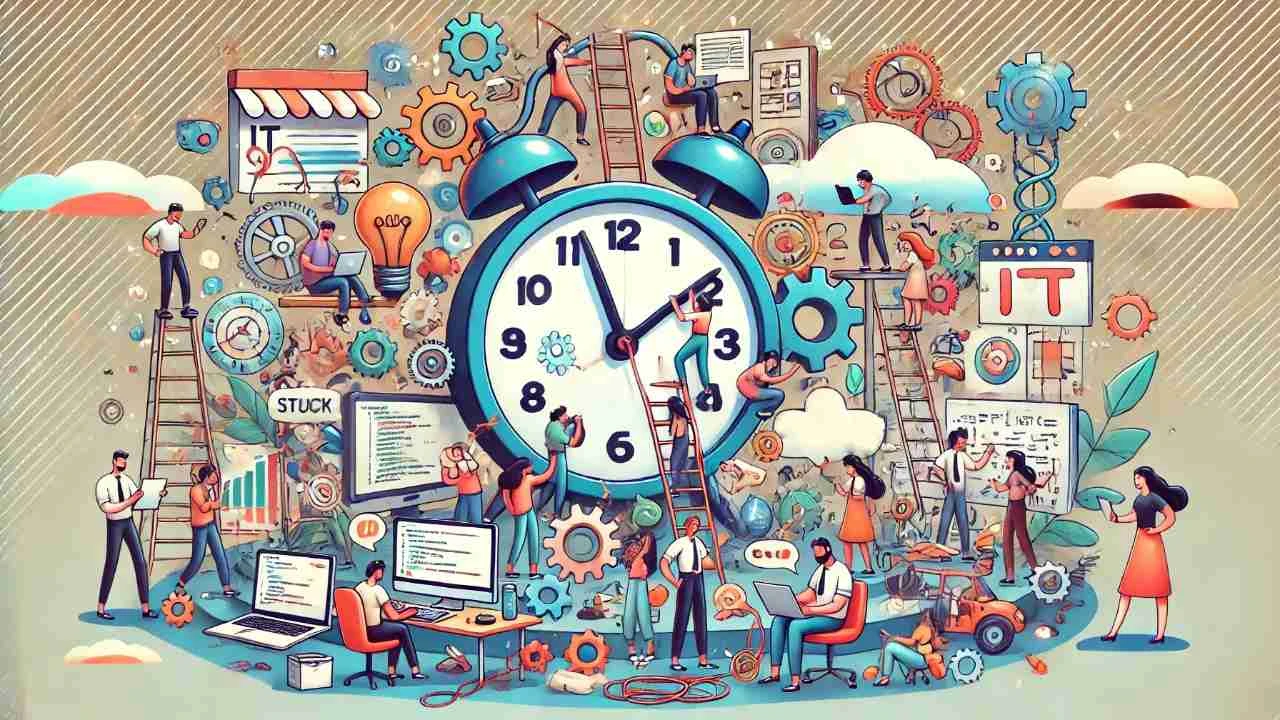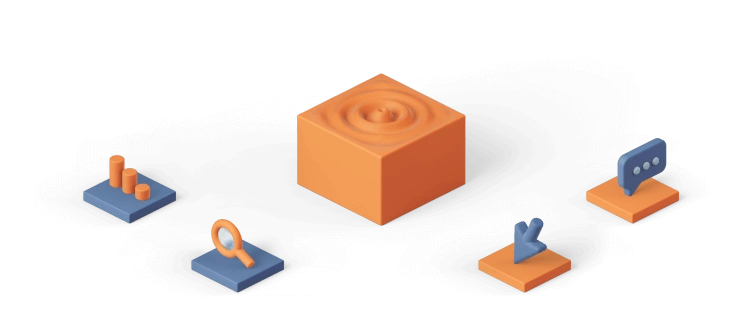SaaS Trends and Innovations
Future: low-code platforms and AI personalization. Stay competitive.

Software as a Service (SaaS) continues to revolutionize the business world, offering scalable, cost-effective, and innovative solutions. As technology advances, SaaS is at the forefront of digital transformation. This article delves into the latest developments in SaaS technology and future predictions, providing insights into how businesses can leverage these trends for competitive advantage.
Latest Developments in SaaS Technology
- Artificial Intelligence and Machine Learning Integration
- Enhanced Analytics: SaaS applications are increasingly integrating AI and ML to provide advanced data analytics and insights. This enables businesses to make data-driven decisions and predict trends with greater accuracy.
- Automation: AI-driven automation in SaaS platforms helps streamline operations, reduce manual workloads, and improve efficiency. Examples include automated customer support, predictive maintenance, and intelligent workflow management.
- Vertical SaaS Solutions
- Industry-Specific Solutions: Vertical SaaS is tailored to specific industry needs, offering specialized features and functionalities. Industries such as healthcare, finance, and retail are seeing a surge in vertical SaaS solutions that address their unique challenges.
- Customization: These solutions provide a high degree of customization, allowing businesses to tailor software to their specific processes and regulatory requirements.
- Enhanced Security Measures
- Zero Trust Security Models: With growing cybersecurity threats, SaaS providers are adopting Zero Trust security models, which assume no implicit trust and verify every request as if it originates from an open network.
- Data Encryption and Compliance: Advanced encryption techniques and compliance with regulations such as GDPR and CCPA are becoming standard, ensuring data protection and privacy.
- Microservices Architecture
- Scalability and Flexibility: SaaS applications are increasingly built on microservices architecture, allowing for greater scalability and flexibility. This modular approach enables businesses to deploy, update, and manage services independently.
- Improved Performance: Microservices enhance application performance and reliability by isolating issues and preventing them from affecting the entire system.
- API-First Development
- Integration and Interoperability: API-first development ensures that SaaS applications can easily integrate with other systems and services. This approach promotes interoperability and seamless data exchange across platforms.
- Developer Ecosystems: Robust APIs foster the creation of developer ecosystems, allowing third-party developers to build extensions and integrations that enhance the core functionality of SaaS products.
Future Predictions for SaaS
- Increased Adoption of Low-Code/No-Code Platforms
- Democratizing Software Development: Low-code and no-code platforms will continue to gain traction, enabling non-technical users to create and customize applications without extensive coding knowledge. This trend will democratize software development and accelerate digital transformation.
- Expansion of Edge Computing
- Enhanced Performance and Reduced Latency: As edge computing becomes more prevalent, SaaS applications will leverage local data processing to enhance performance and reduce latency. This will be particularly beneficial for applications requiring real-time data analysis and low-latency responses.
- Proliferation of Hybrid Cloud Solutions
- Flexibility and Control: Businesses will increasingly adopt hybrid cloud solutions, combining public and private clouds to balance flexibility, cost-efficiency, and control. SaaS providers will offer more hybrid deployment options to cater to diverse business needs.
- Growth of AI-Powered Personalization
- Customized User Experiences: AI-powered personalization will become more sophisticated, enabling SaaS applications to deliver highly customized user experiences. Personalized recommendations, adaptive interfaces, and tailored content will enhance user satisfaction and engagement.
- Sustainability and Green SaaS
- Eco-Friendly Practices: Sustainability will become a key focus, with SaaS providers adopting eco-friendly practices and technologies. Green data centers, energy-efficient operations, and sustainability reporting will be prioritized to meet growing environmental concerns and regulatory requirements.
- Increased Focus on Customer Success
- Proactive Support and Engagement: SaaS companies will place a greater emphasis on customer success, offering proactive support and engagement strategies to ensure customer satisfaction and retention. This will include personalized onboarding, continuous education, and dedicated customer success teams.
Conclusion
The SaaS landscape is continually evolving, driven by technological advancements and changing business needs. By staying abreast of the latest developments and future trends, businesses can harness the full potential of SaaS to drive innovation, efficiency, and growth. From AI and machine learning integration to the rise of low-code platforms and sustainability initiatives, the future of SaaS promises exciting opportunities for those ready to embrace change.






